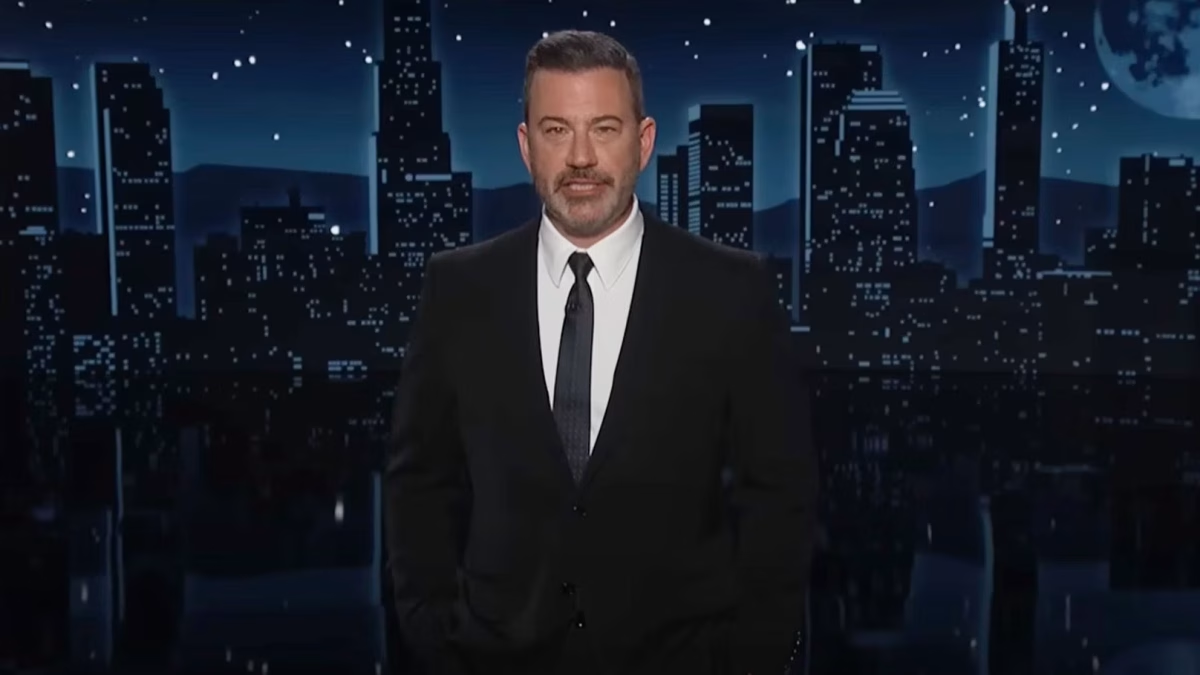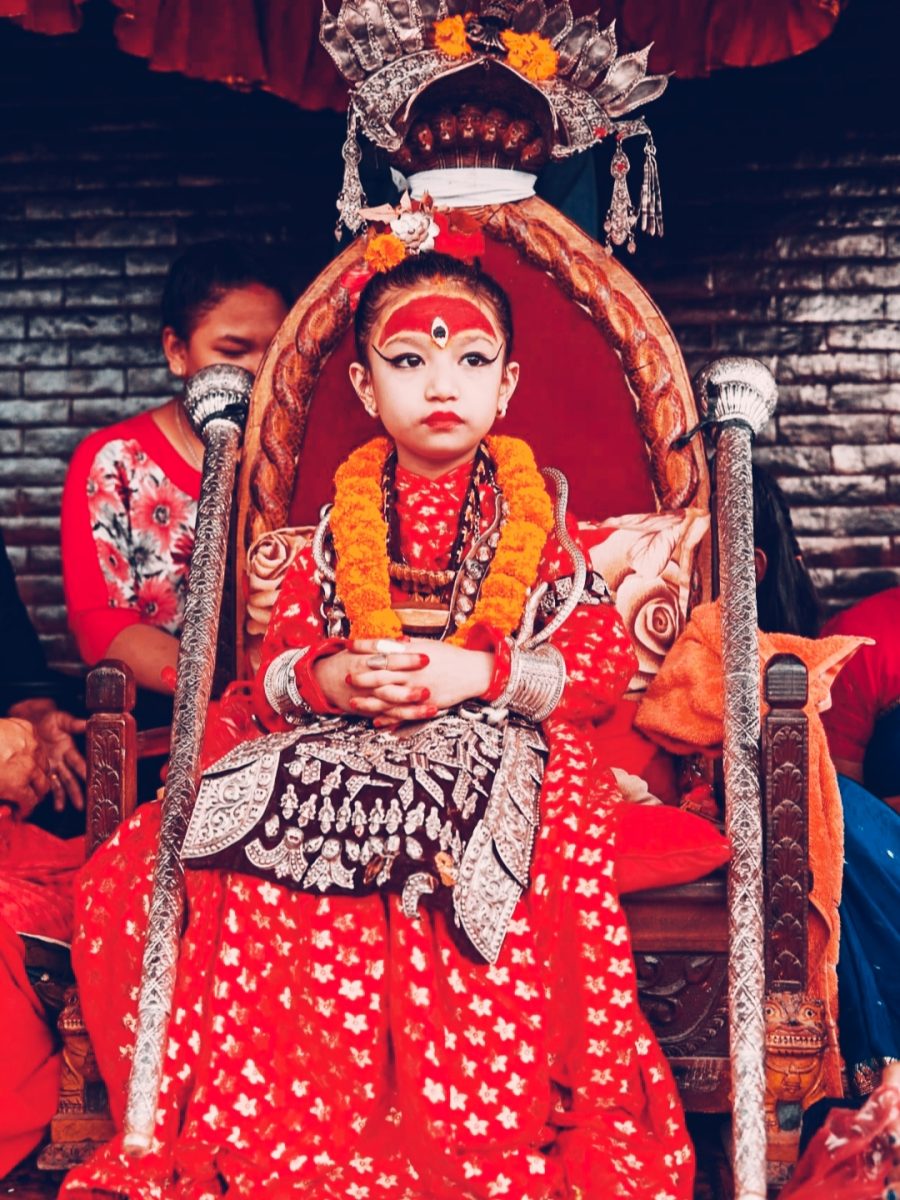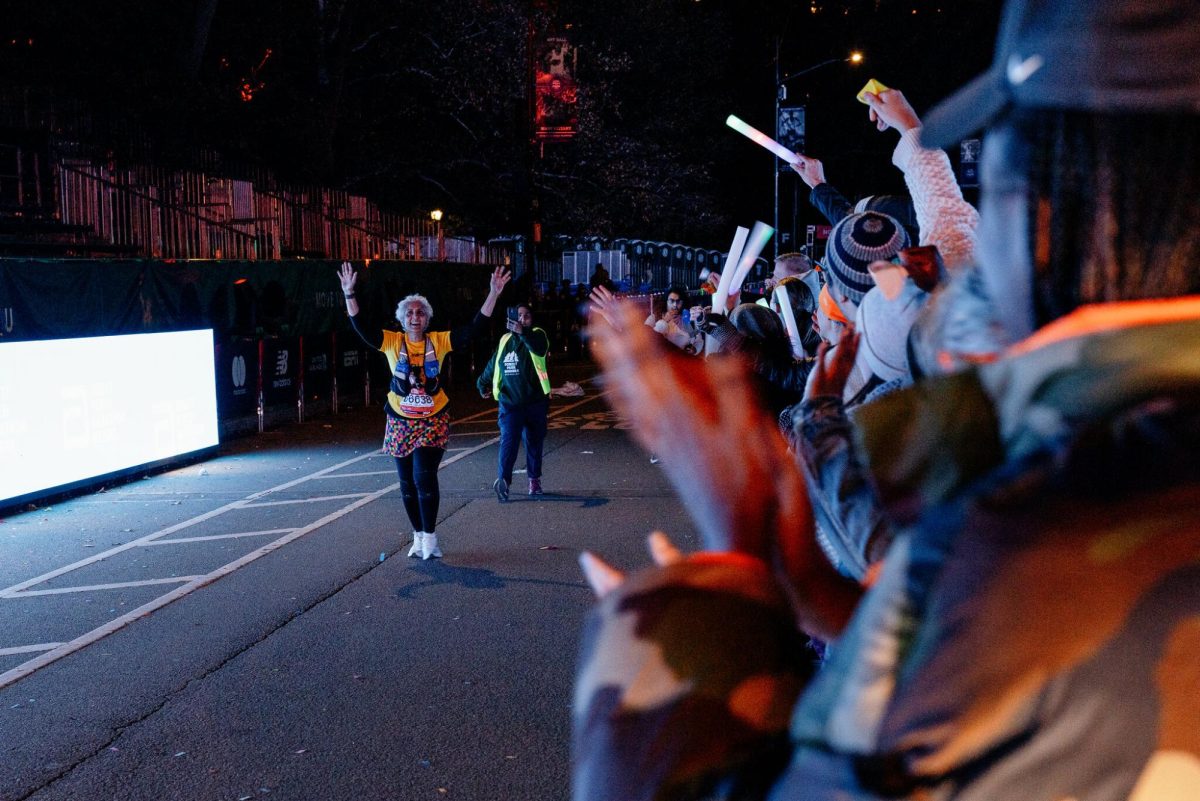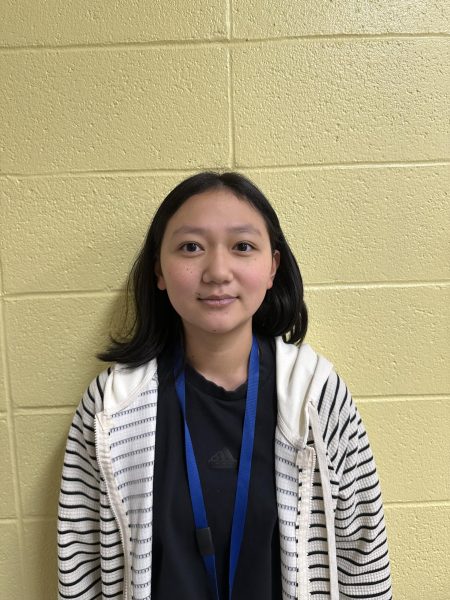On Sunday, November 3, 2024, over 13 hours after the NYC Marathon began, long after sunset, the last two runners—Danielle Grimley and Mario Bollini—crossed the finish line to an enthusiastic cheer from the crowd at around 10:30 PM. For even the most inexperienced runners, finishing several hours behind schedule raises some questions. So, what really happened?
Since its humble beginnings in the 1970s, when the entry fee was just $1, the NYC Marathon has become a cultural staple for New Yorkers. Attracting world-class athletes and record-breaking attempts, it’s one of the biggest running events in the United States. In response to the COVID-19 pandemic, organizers even hosted a virtual version of the marathon, drawing over 16,000 runners from 180 countries.
For many New Yorkers, marathon day is the highlight of the year, bringing an undeniable sense of positivity as millions cheer on 50,000 runners. The marathon stands as a beacon of determination and stability amidst the political tension in an election year. The drive to push boundaries creates an atmosphere of shared enthusiasm that resonates deeply within the city.
This year, Grimley, 41, of Colorado, and Bollini, 74, of Italy, were the last two to arrive at the finish line.
“This was [my] 37th marathon in New York,” Bollini told the The New York Times. “In the final miles, [I] worried that the medals and food would be gone by the time [I] finished.”
For Bollini, who has more than 74 marathons under his belt and a history of completing the NYC Marathon in under five hours, this year was a stark departure. After injuring his knee in January, many advised him not to run, but he was determined to prove them wrong. He crossed the finish line in 10 hours, 32 minutes, and 7 seconds, where he was greeted by race director Ted Melletus.
Grimley, on the other hand, faced a different challenge. Living with Ehlers-Danlos syndrome—a condition affecting connective tissue around her joints—she began experiencing hip issues around mile six, ultimately resulting in a dislocation. Despite the pain, Grimley pushed herself forward, even resorting to a pair of crutches provided by the medics to keep herself moving. She reminded herself that her determination to earn the medal outweighed the pain she endured along the way. As she crossed the finish line, she was met by a wheelchair and a team of medics, ready to assist.
Contrary to their expectations of arriving in quiet darkness, the final two runners were greeted by a spirited crowd with glow sticks, cowbells, signs, and cheers as they crossed the finish line. Many earlier finishers, recognizable in their bright orange jackets and medals, were there, alongside New Yorkers who had come to celebrate the last runners. Unlike many major marathons that cut off the race after 6-8 hours and bring in stragglers, the NYC Marathon proudly maintains its tradition of letting every starter finish. This welcoming approach has inspired other cities—Tokyo, Boston, London, Berlin, Chicago, and Sydney—to adopt similar traditions in their marathons.
In the end, Bollini expressed his hope to return next year for his 38th NYC Marathon. Grimley also looks forward to running again. “It doesn’t seem like it, but I had a really good time,” she told reporters. Their positive experiences were made possible by the dedication of volunteers and spectators, who helped make the marathon memorable—even for those who finished last.














































































































































